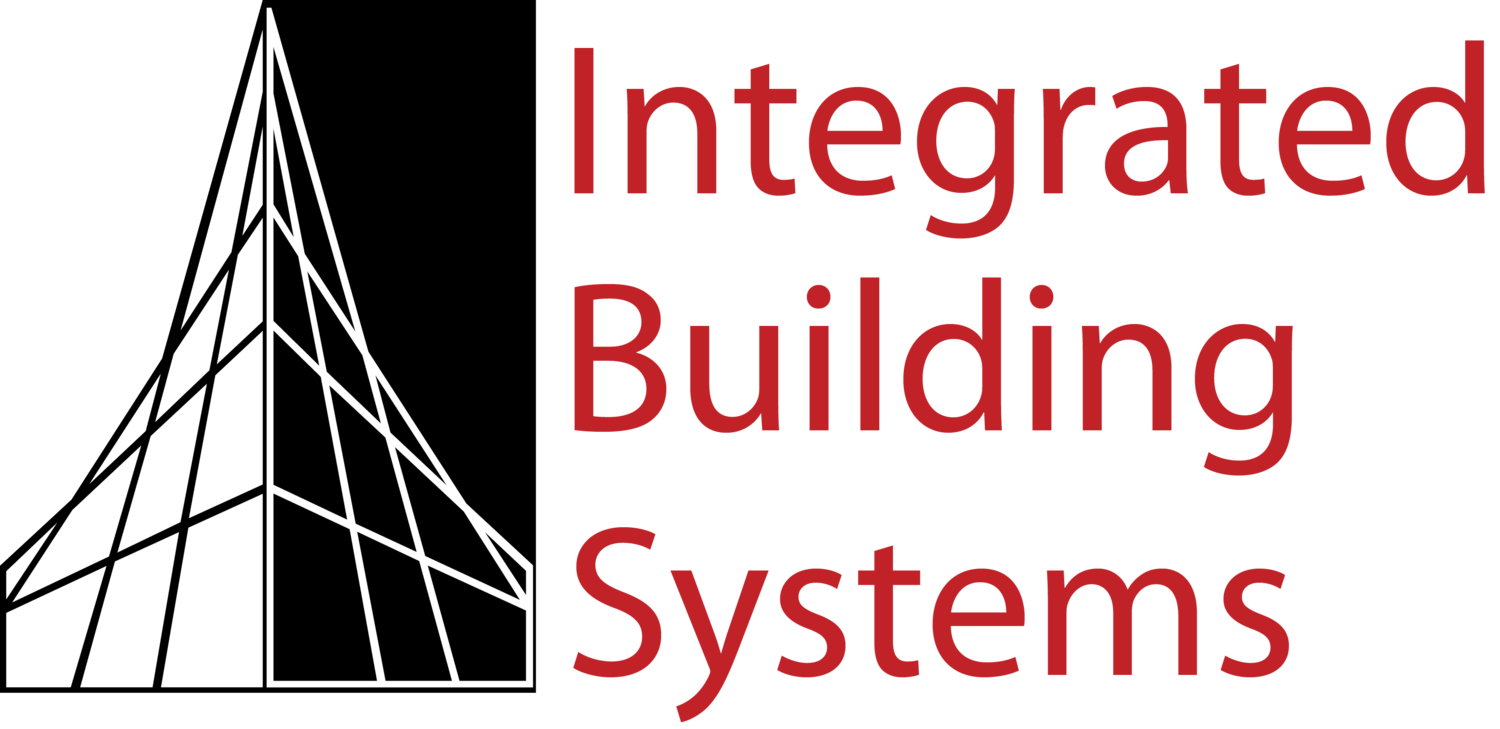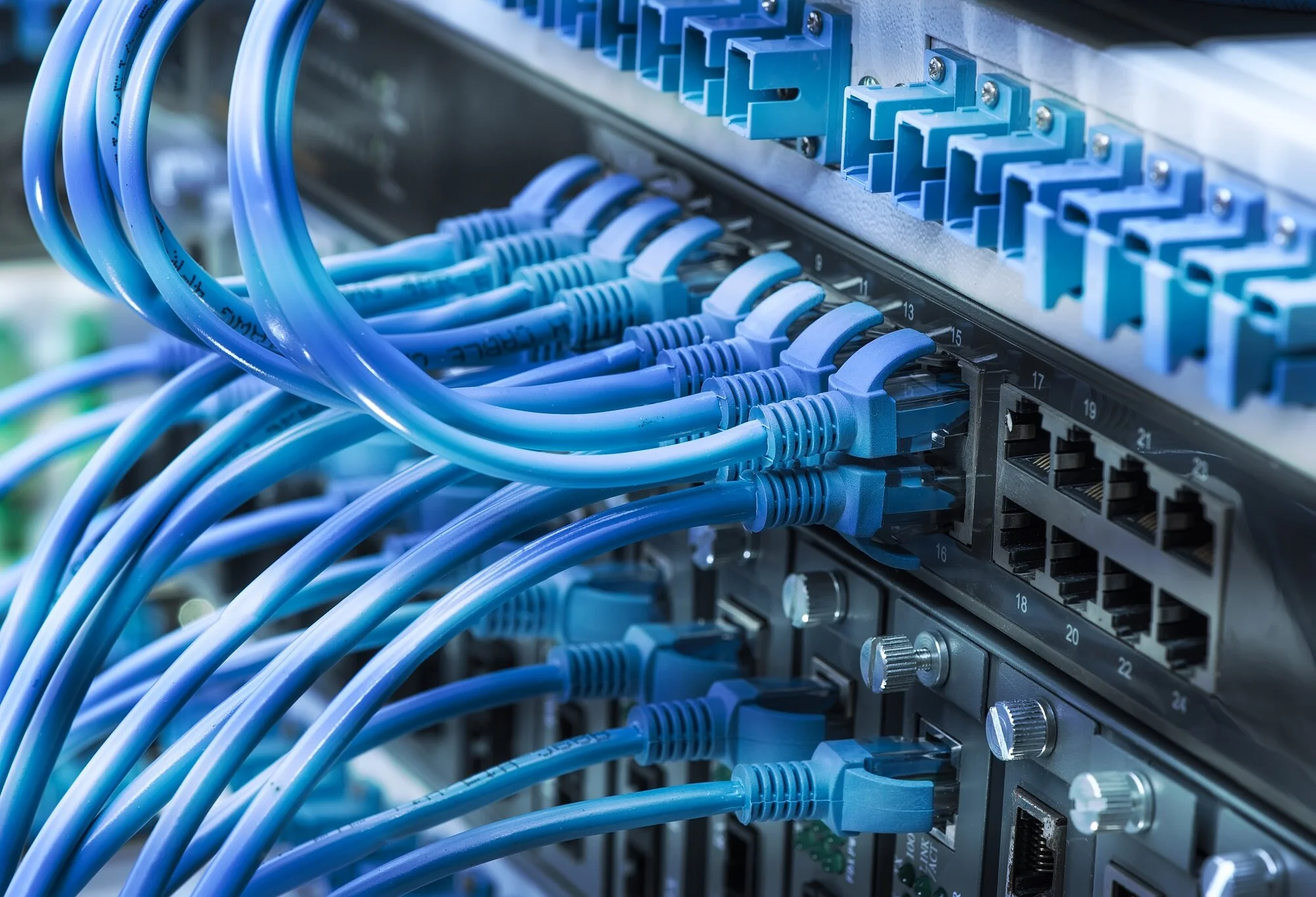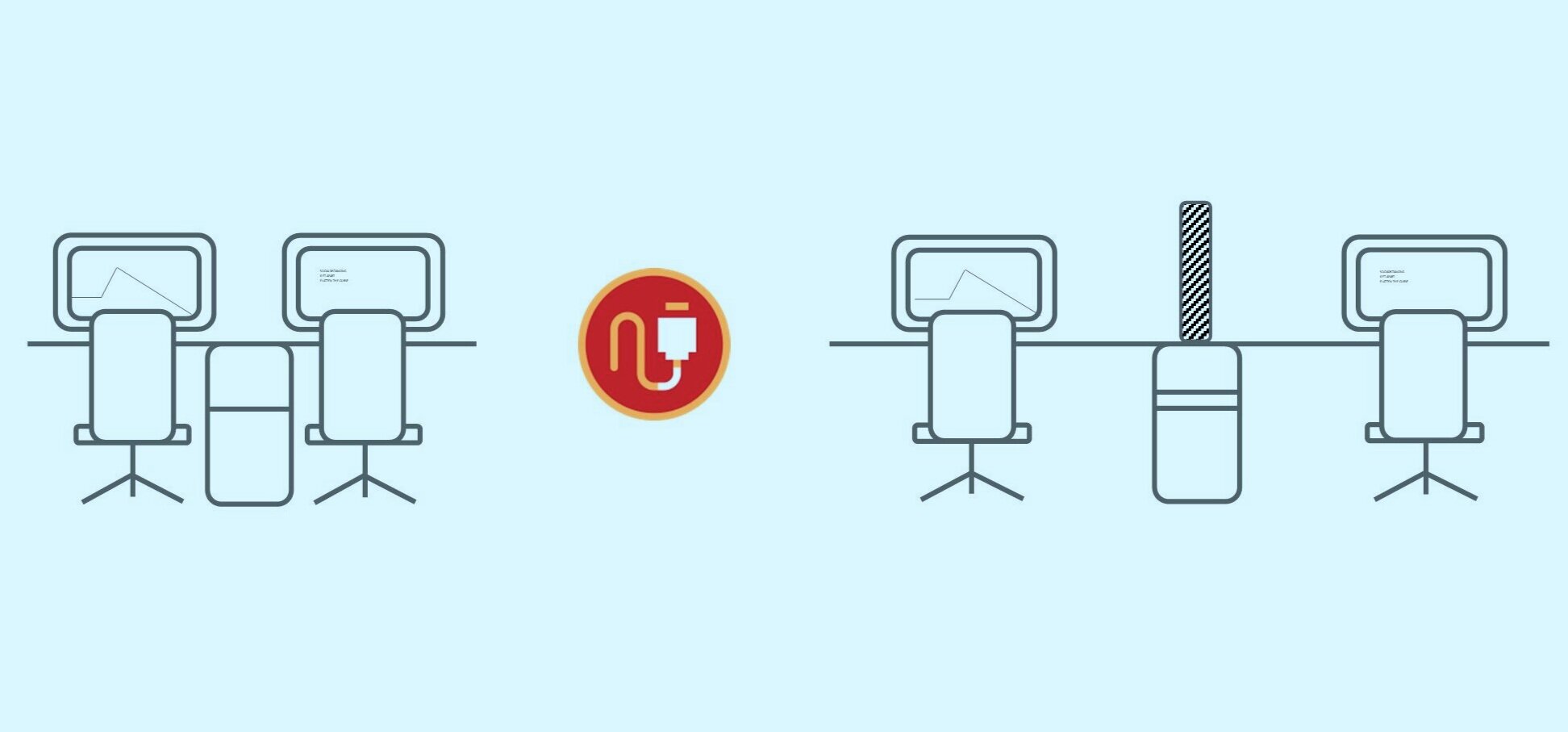We’ve regrouped. Now, let’s reconfigure.
Safely returning to the office post-COVID-19 requires following proper procedures, including CDC recommendations and Ohio’s Responsible Protocols.
Now more than ever, technology can support these efforts to keep our workforce connected, productive, and safe. Whether your team is working at the office or remotely, effective collaboration requires integrated, reliable technology solutions, especially for audio-visual and security solutions.
Is your office prepared?
First, plan for the “new normal” to keep evolving.
As businesses continue to respond to the impact of COVID-19, the “new normal” will keep evolving. Plastic shields, face masks, and Zoom fatigue seem commonplace. More change is on the horizon as organizations consider when or whether to bring remote workers back into a physical environment. If they do return to the office, businesses must also decide whether their new reality requires the same, less, additional, or repurposed space.
Like many other organizations, Integrated Building Systems is reconfiguring the way we function in the office and adjusting to many new protocols, including mandatory face masks, social distancing, daily temperature checks, extra safety measures on job sites, and guidelines for visitors to our building.
Communication, adaptability, and often a good sense of humor (thank you, face mask, for foggy glasses and garbled speech) will help us all adjust to an ever-changing environment.
Virtual meetings are here to stay.
As many things change, one thing seems to be here for the long-haul: video meetings.
In April, Zoom reported 300 million daily meeting participants on its video conferencing app—an astronomical leap from 10 million in December 2019.
Tools like Zoom, Teams, and Google Hangouts are connecting record numbers of remote workers in 2020, providing much-needed visual interaction during mandatory shut-downs and a safe alternative to in-person meetings.
Video conferencing keeps us connected while we’re staying socially distant.
“Integrated Building Systems helped us find the right balance between performance and cost when we upgraded our video conferencing rooms.”
Virtual meetings will follow remote workers from home back to the office. For some businesses, continuing to operate from laptops may be sufficient. But for many others, the demand for higher-quality virtual connections and collaboration, and the desire to invest in long-term solutions, will require the addition or update of video-conferencing capabilities.
Many questions about features, functionality, and budget must be addressed in order to choose the best A/V solution. For example:
What video-conferencing solution will you use (e.g., Zoom, Teams)?
How many people will use the system, how frequently, and in how many conference or meeting rooms?
Will you operate the system via a PC or laptop?
Do you want to be able to share content wirelessly*?
What camera view do you need or want?
Will users be able to connect personal devices, and if so, will they connect wirelessly* or with hard-wired connections?
Do you want an integrated control system?
Do you need to add room scheduling to manage increased demand for your shared spaces?
How can you deploy digital signage on your conferencing screens to maximize their communication value?
*A note of caution about reliance on wireless connectivity: Dramatic increases in the number of devices using video applications while connected to your WiFi may overload its capacity and cause failures and/or lag, both of which impact productivity. One simple solution is to add more hard-wired connections to the structured cabling system.
Case in point: A new fraternity house at Ohio State University was outfitted with ample bandwidth and hard-wired connections for multiple devices from each of its 50 residents. But when most of the men opted to connect wirelessly instead, they repeatedly crashed the network. Plugging in directly with cables solved the problem.
Relying on WiFi often requires more physical cabling to move, add, or change equipment.
boost your bandwidth for high-quality video conferencing.
Video meetings demand a lot of bandwidth. For the average business service, VoIP calls require 1 Mbps, video conferencing demands about 4 Mbps, and VoIP video calls pull 28 Mbps (estimates from Verizon). Multiply those averages by the number of people in the office to figure out new demands for service once remote workers return to the office with their laptops and daily Zoom meetings.
New COVID-19 safety policies may also boost requisite bandwidth. At Integrated Building Systems, we use Zoom even more with everyone back at the office for two reasons: one, we don’t have the physical space to gather everyone safely for team meetings, and two, we can talk unimpeded by face masks in the privacy of our own offices.
If your team is like ours, back at the office you could easily double or triple your bandwidth demands or more in order to achieve the speeds required to support video meetings. Small to mid-size businesses might find their existing 50 Mbps Internet service to be inadequate, for example, depending on the number of staff, devices, and video platforms.
“Video meetings may double or even triple bandwidth demands for small to mid-size businesses.”
Business-class Internet service typically offers better guaranteed uptime, but work with your IT team and service providers to assess your actual peak usage. Also, small to midsize businesses that rely on cloud-based services for their daily operations should review or establish a data back-up plan to avoid data loss and downtime if the use of virtual meetings will increase (and therefore decrease speeds and up-time of the existing bandwidth). Consider engaging a secondary service in the event your primary goes offline.
Use access-control and security systems for visitor engagement.
By design, business security systems protect people and property and deter theft. But creative new applications and integrations extend the functionality of cameras and card readers for the post-COVID-19 office.
Key fobs and card readers can be more-affordable and easier to maintain than traditional keys.
For example:
Use an access-control system to admit, track, and restrict as needed the number of staff and/or visitors who may enter your facility. Keypads, touchscreens, key cards, biometric readers, remote access, and RFID tags are among the options available.
Add another layer of security by requiring dual credentials, such as a combination key fob and identification card, or biometric reader and pin number. Especially for larger organizations, these methods are easier to manage and less expensive to replace than physical keys over time.
Support social distancing yet still provide interactive visitor engagement with cloud based tools like Envoy that provide touchless sign-in, alert staff of visitors, and even monitor deliveries. Integrate results from online questionnaires or thermal-scanning cameras with access-control credentials in order to implement COVID-19 safety policies.
Keep virtual eyes on your empty offices from the convenience of your home office with an IP-based camera system. A standalone system can complement the property management devices used to monitor main entrances and elevators.
Get the technology updates you need from Integrated Building Systems.
Integrated Building Systems delivers the technology infrastructure, AV, and security systems that make buildings smarter. Our designers, engineers, and technicians work with business owners and their design and construction teams to create future-proof solutions that help people communicate better.
Clients say they value our comprehensive services, experiential selection process, and partnership in guiding them to the best solutions for their needs and budget.
Our team is ready to help solve your technology challenges! We are available by phone, on Zoom, and for site visits according to both your safety protocols and ours.




